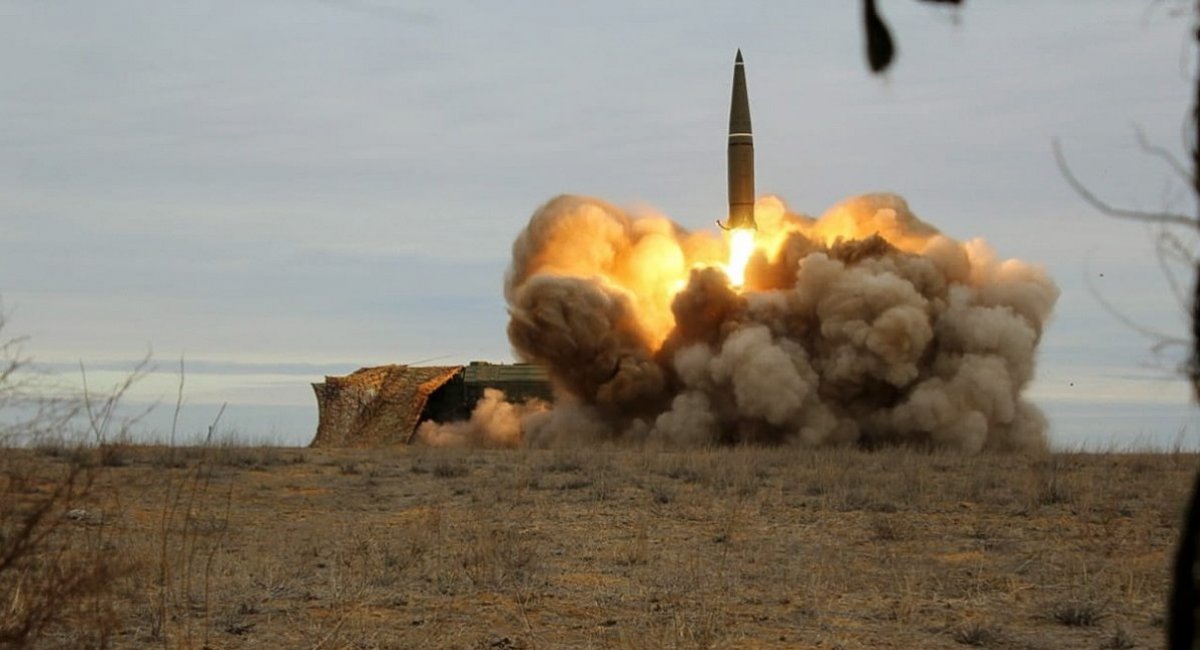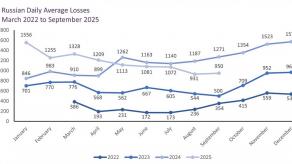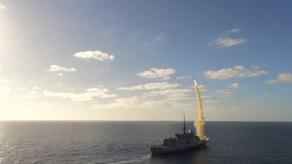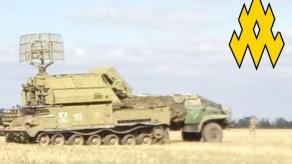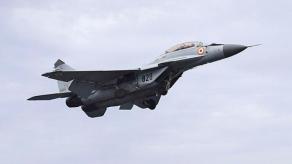Following renewed claims that russia upgraded its Iskander missiles to penetrate Patriot batteries, a more realistic technical hypothesis has finally emerged outlining what the enemy may actually have altered.
It is worth recalling that Ukrainian Air Force officials first reported russian "upgrades" to Iskander missiles back in May, suggesting the changes involved quasi-ballistic terminal maneuvers and the use of radar decoys. However, the Iskander's ability to perform such maneuvers has existed since its original design, and radar decoys were already documented as early as 2022.
Read more: russia Upgrades Iskander-K Warhead to Guarantee Detonation Under any Conditions
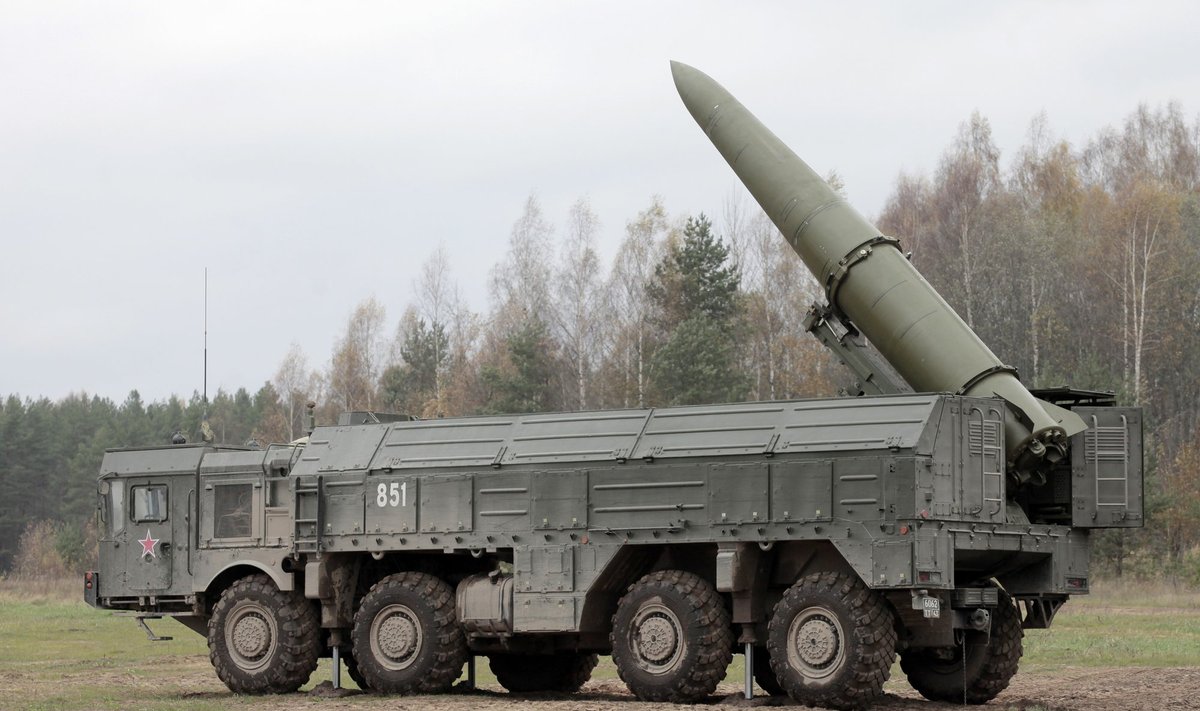
Norwegian defense analyst Fabian Hoffmann has outlined several plausible explanations. The most likely, he argues, is simply a steeper terminal attack trajectory — a tactic achievable through reprogramming the missile's flight profile rather than hardware modification, making it far easier and faster to implement.
A steeper terminal trajectory shortens the interception window. The goal is to cross the Patriot engagement envelope as quickly as possible — a method that may be more effective than relying on terminal maneuvers, which PAC-3 MSE interceptors are specifically designed to counter through exceptional agility provided by their solid-propellant divert motors.
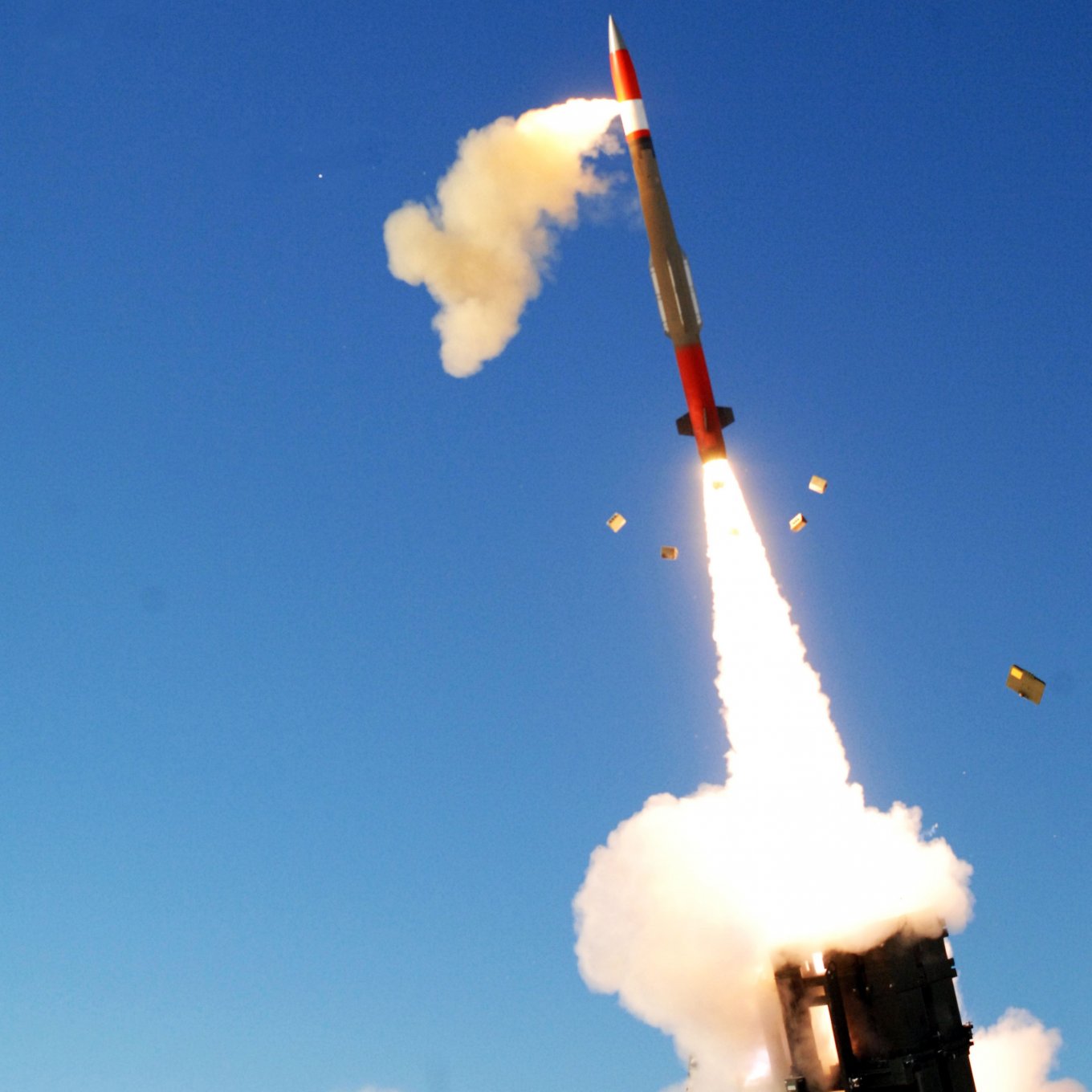
Two simpler explanations also warrant consideration. First, russia may simply be avoiding strikes in areas protected by Patriot systems. If, for instance, a salvo of ten missiles targets an area without Patriot coverage, none will be intercepted — but that does not prove the Iskander has been modified to evade Patriot.
Defense Express highlighted this point back in August, noting that U.S. intelligence reports referencing Iskander "upgrades" failed to account for the fact that many launches targeted Zaporizhzhia and Mykolaiv — locations unlikely to host Patriot batteries due to their proximity to the front line.
The second possible explanation is a shortage of interceptors available to Patriot crews. Standard doctrine typically requires two — and sometimes up to four — interceptors per incoming ballistic target. If interceptor stocks are limited, even launching two per target may be impossible.
Defense Express can also add another factor: the well-documented shortage of PAC-3 MSE interceptors. In some situations, operators may be forced to rely on older GEM-T missiles against ballistic threats — a suboptimal solution. The GEM-T lacks the kinetic hit-to-kill capability of the PAC-3 MSE and is far less effective against ballistic warheads; at best, it can damage the target through fragmentation rather than destroy it outright in midair.
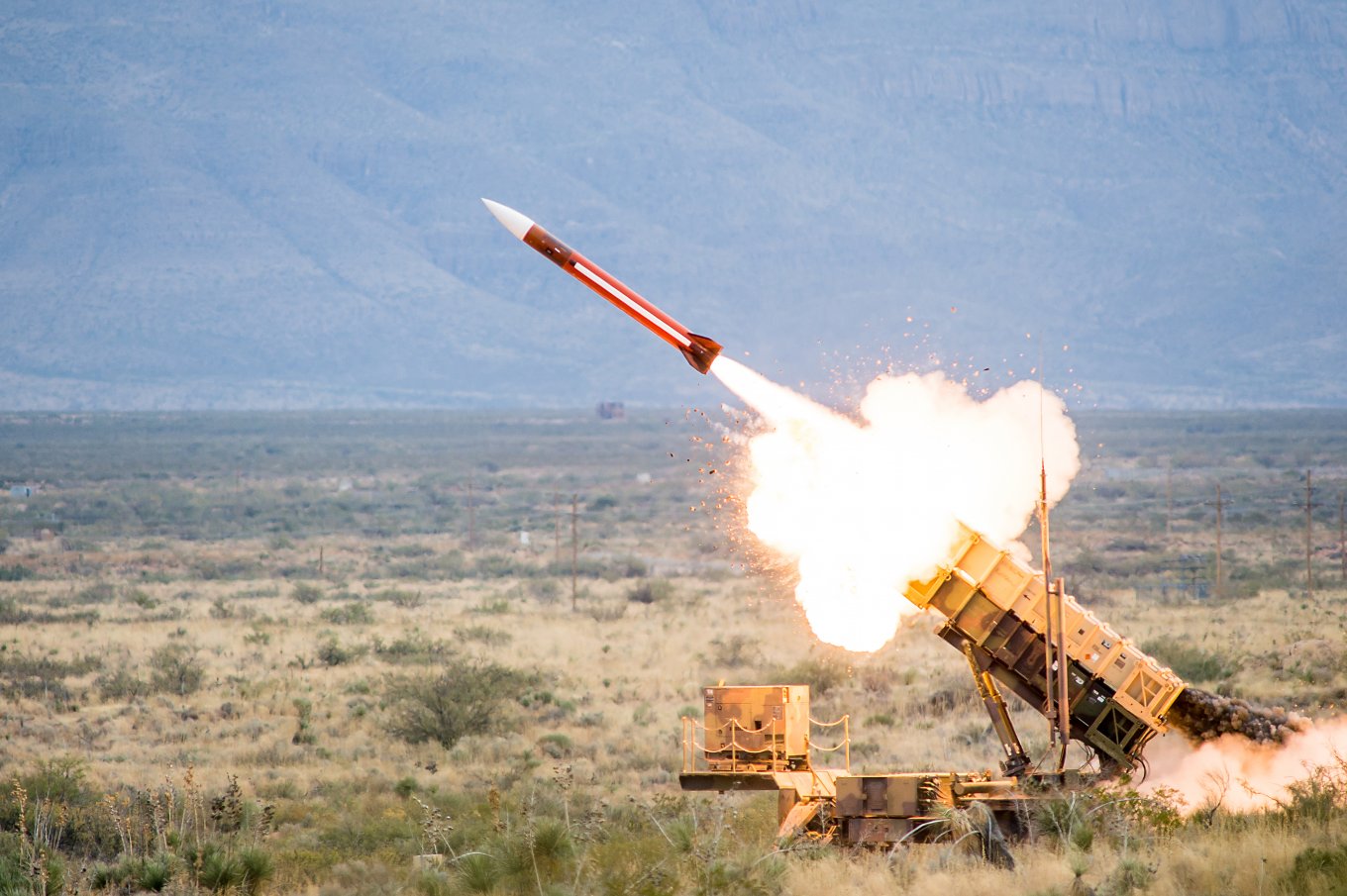
Ultimately, there is rarely a single explanation for such developments. The apparent success of recent Iskander strikes against Patriot likely results from a combination of factors — including reprogrammed trajectories, selective targeting away from Patriot coverage, interceptor shortages, and the use of less capable interceptor variants — all combining to reduce the probability of successful interception.
Read more: India Turns to UK's LMM Missiles, Moving Away from russian Pantsir Systems




